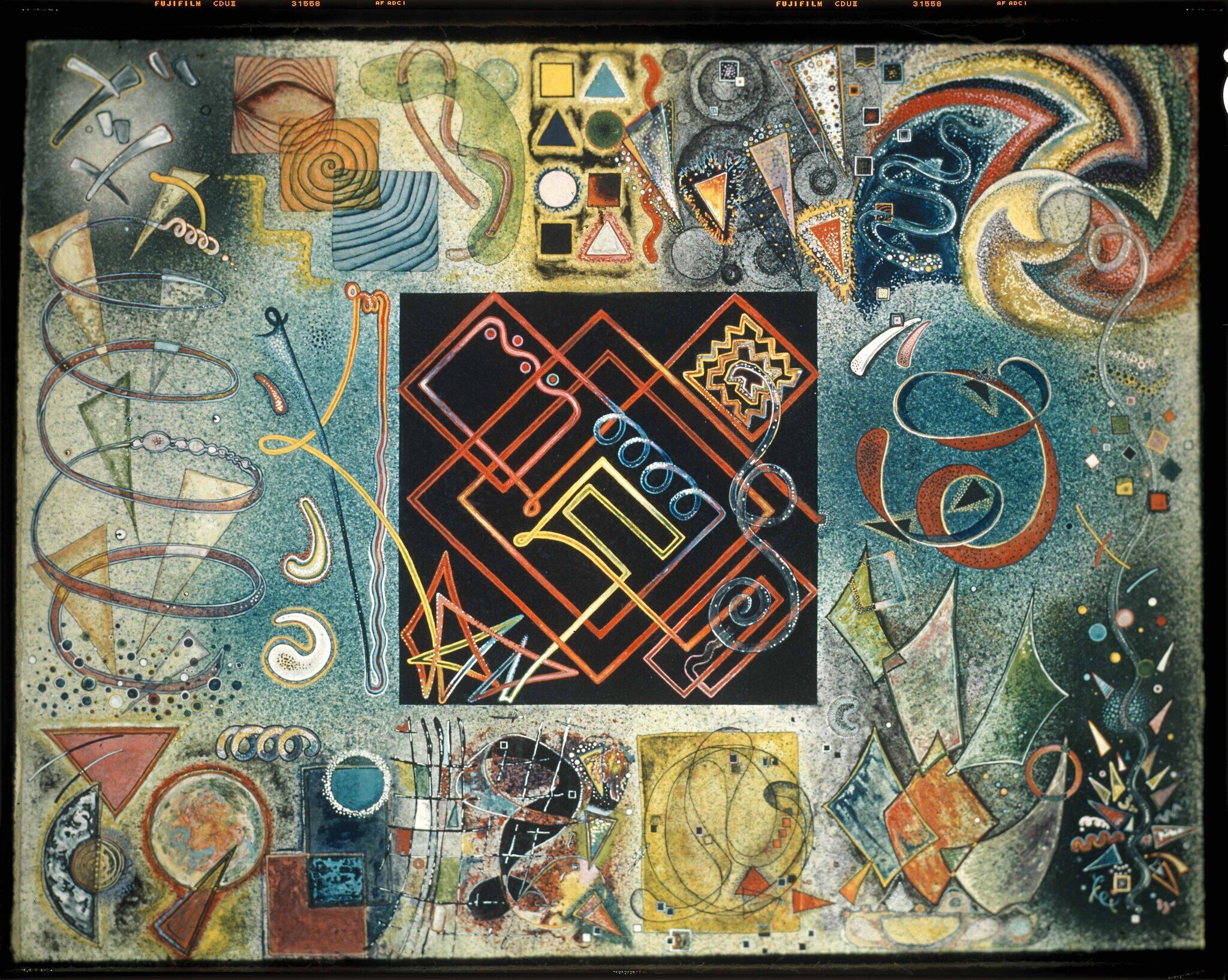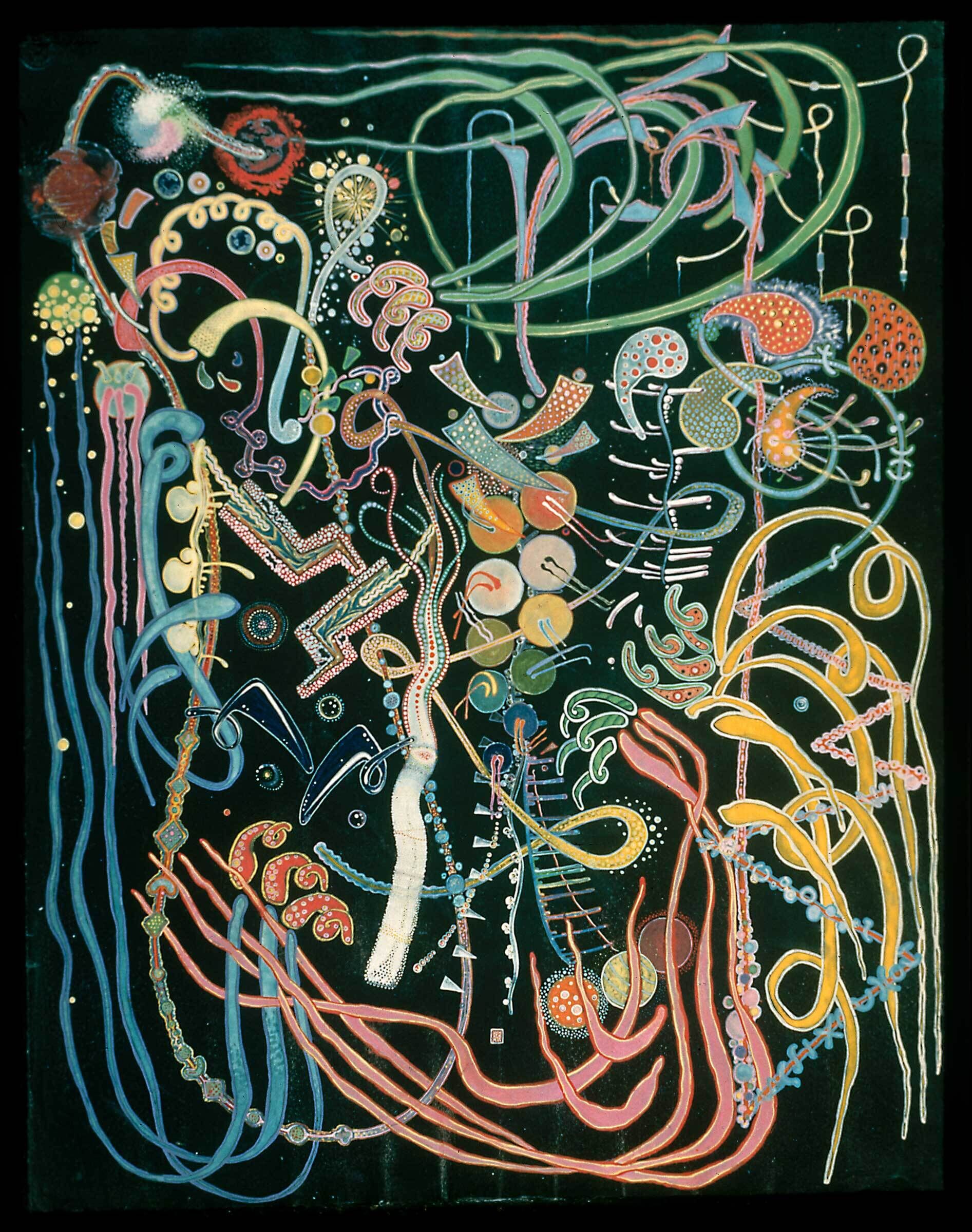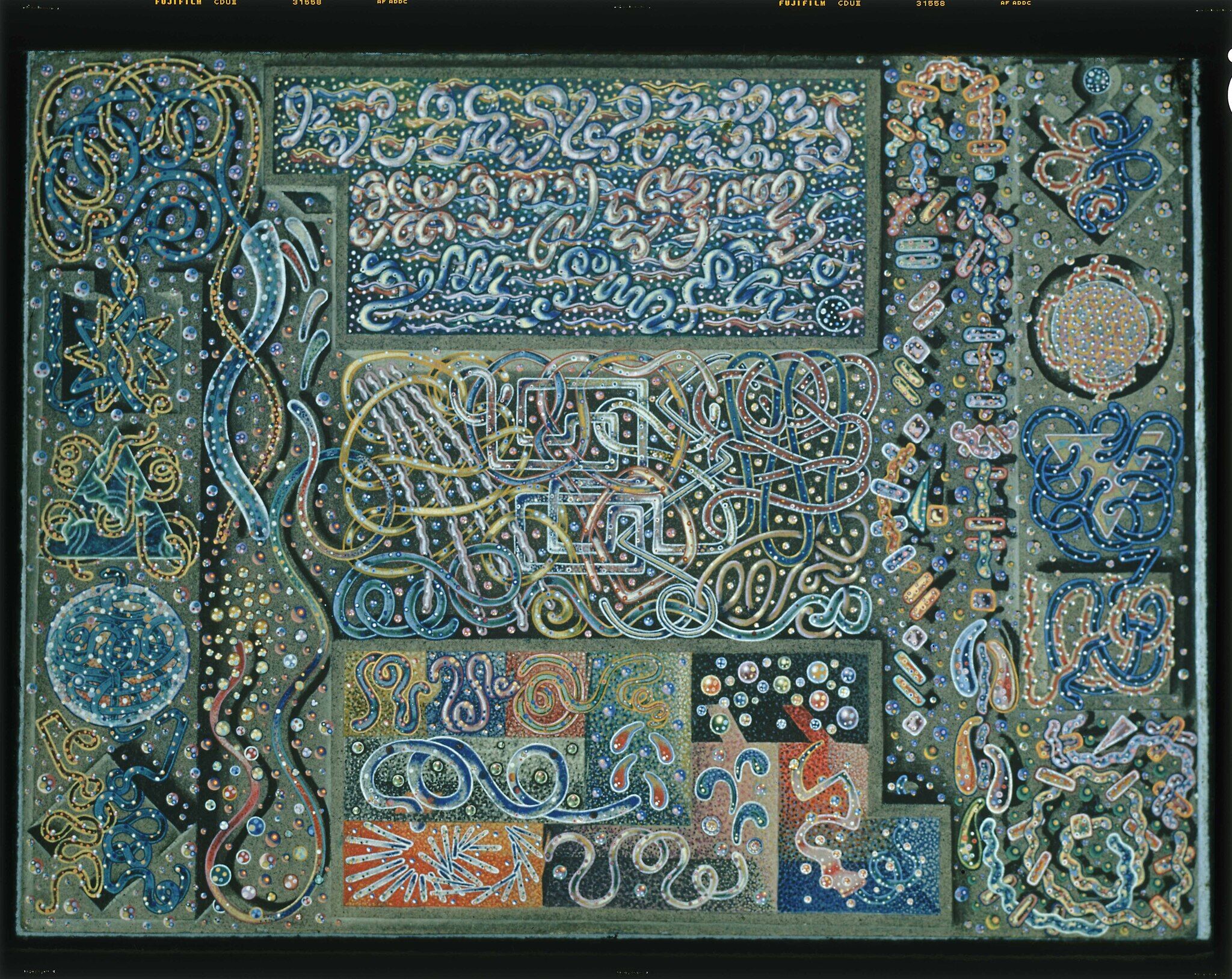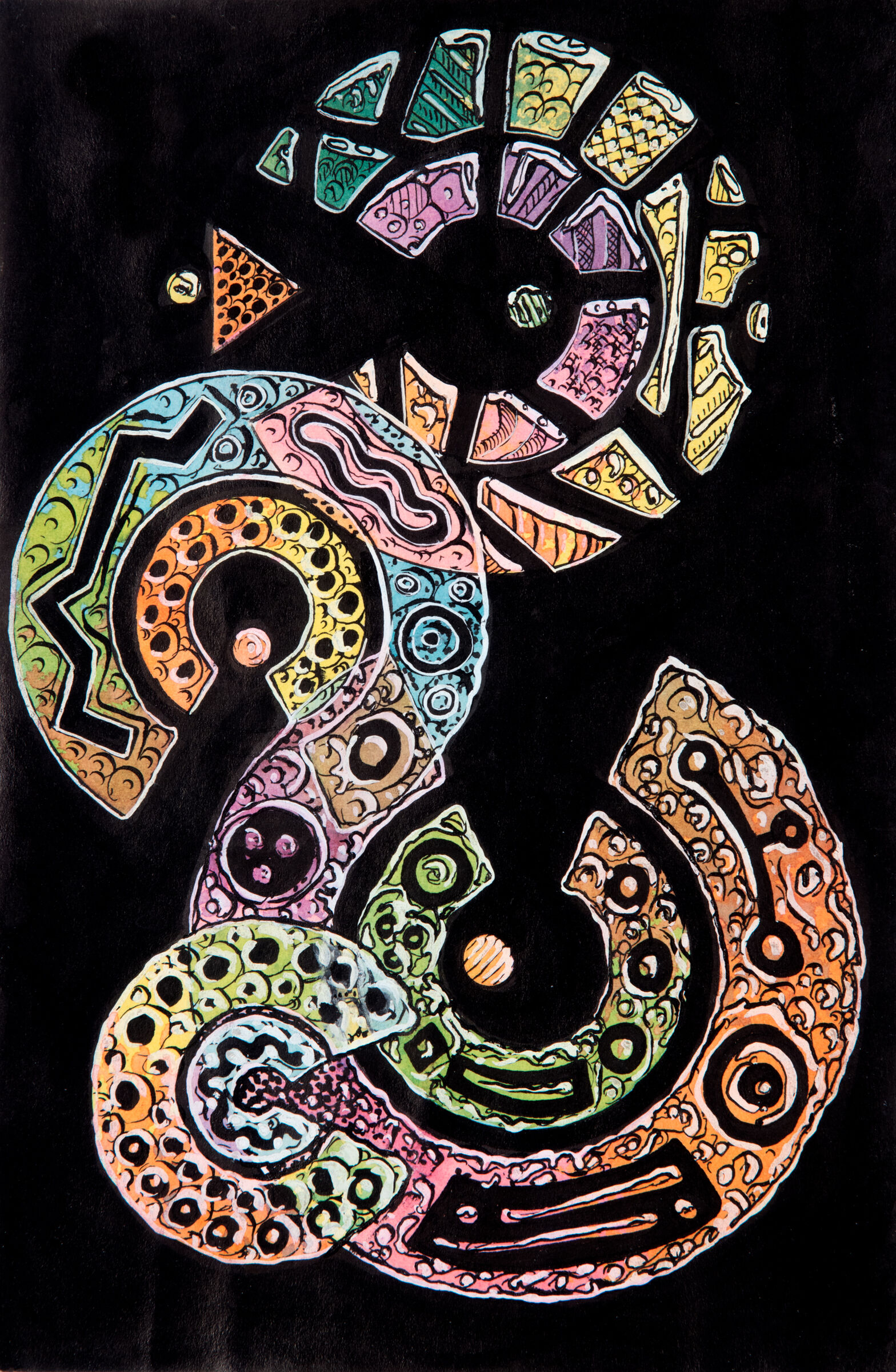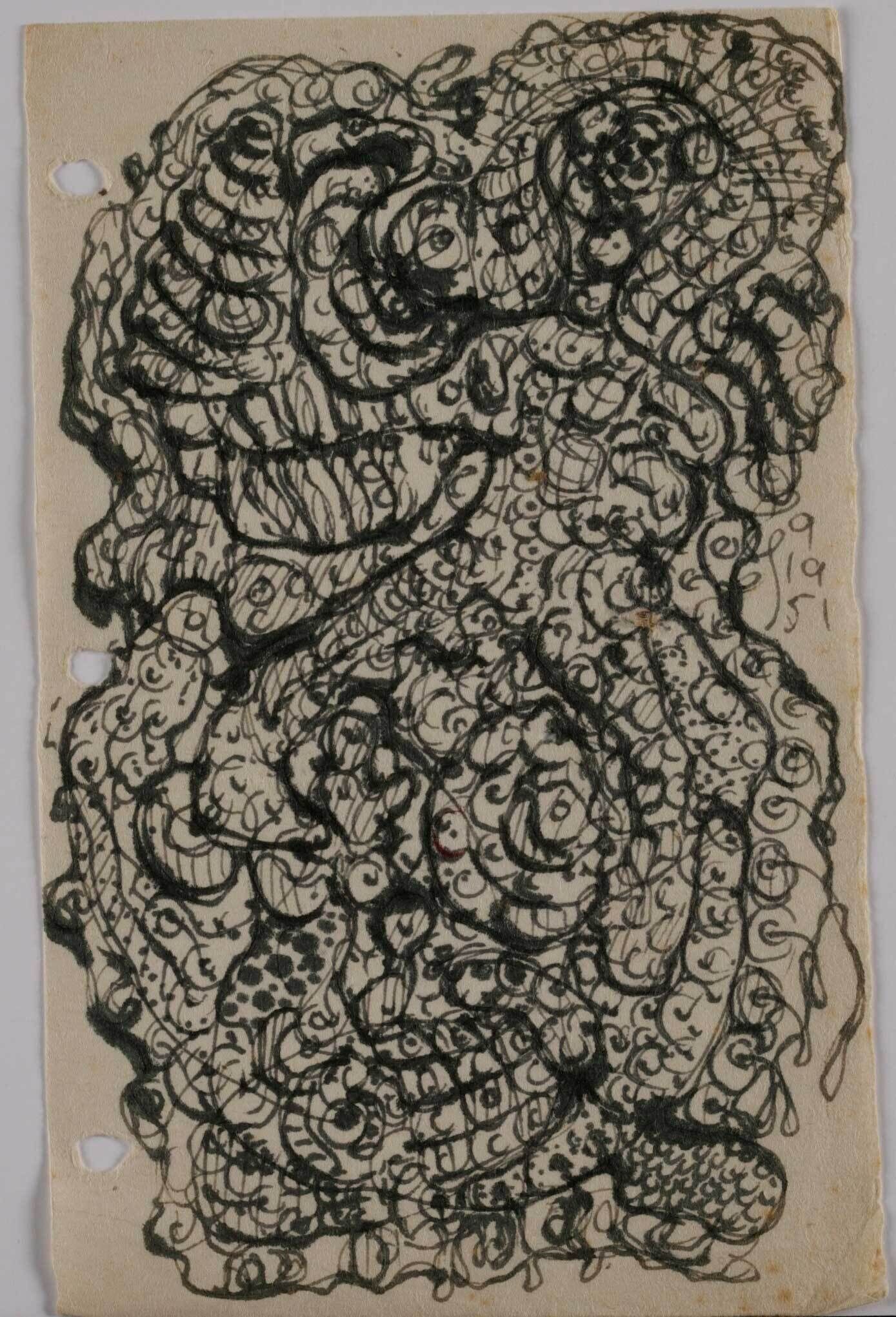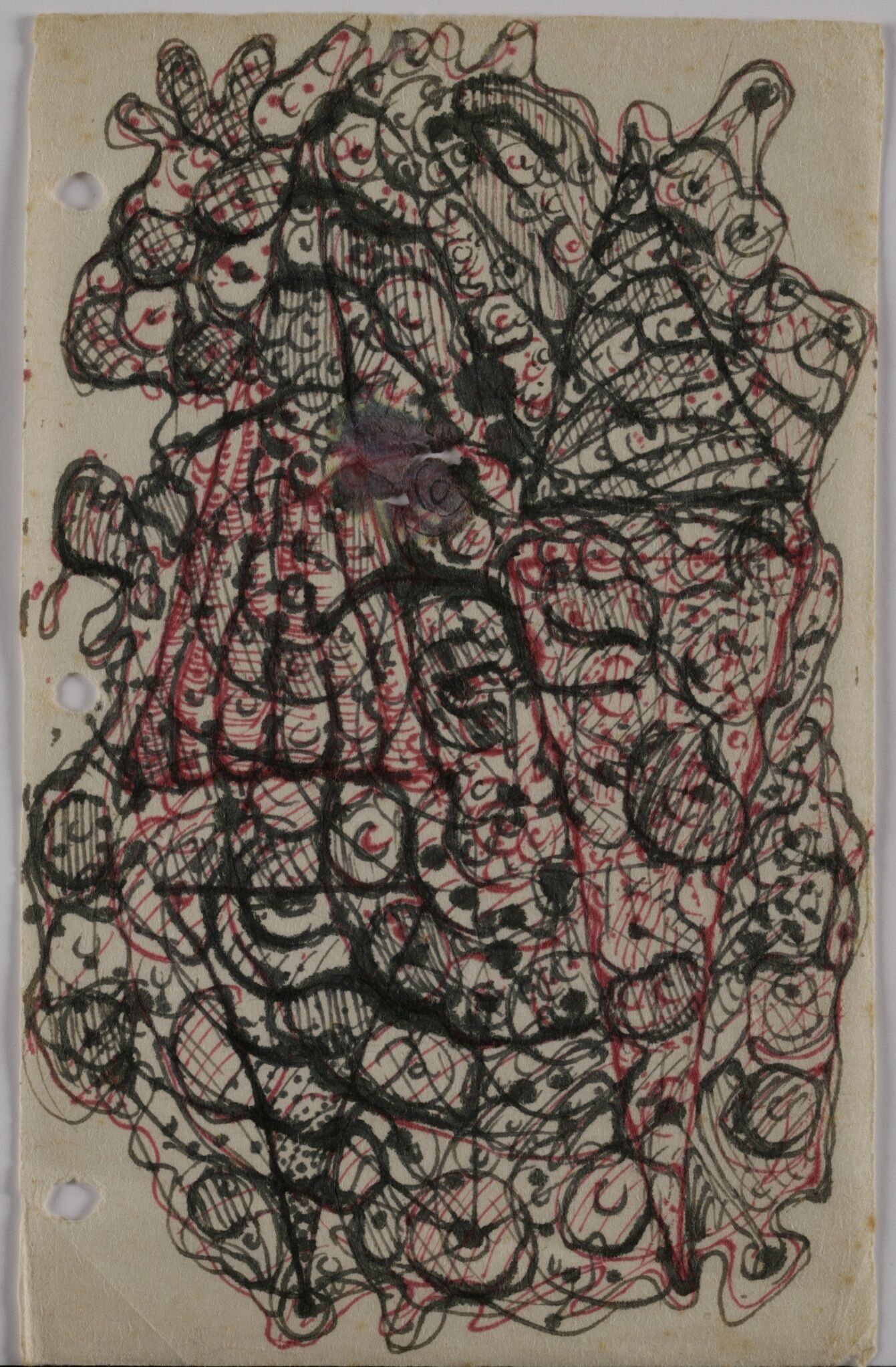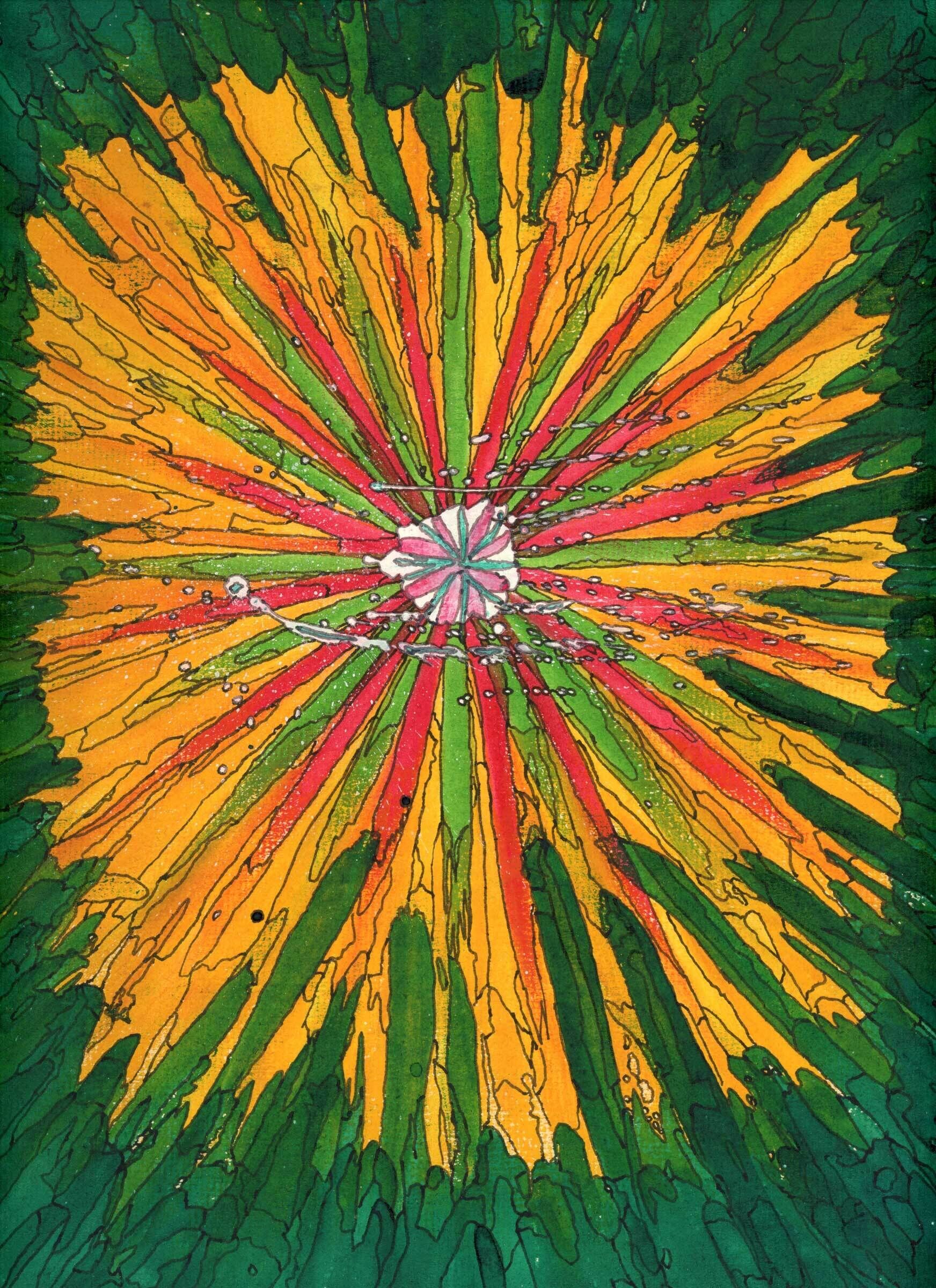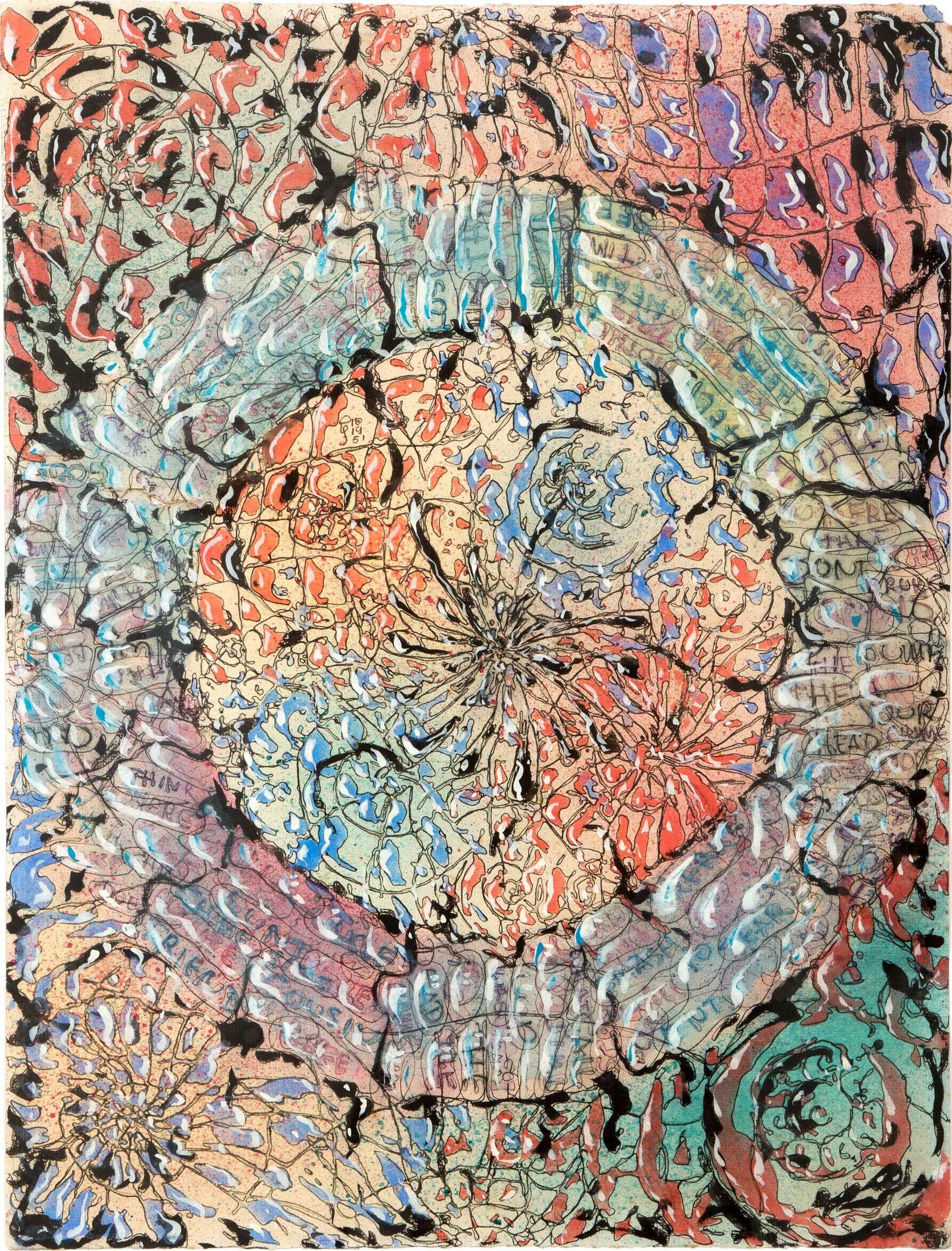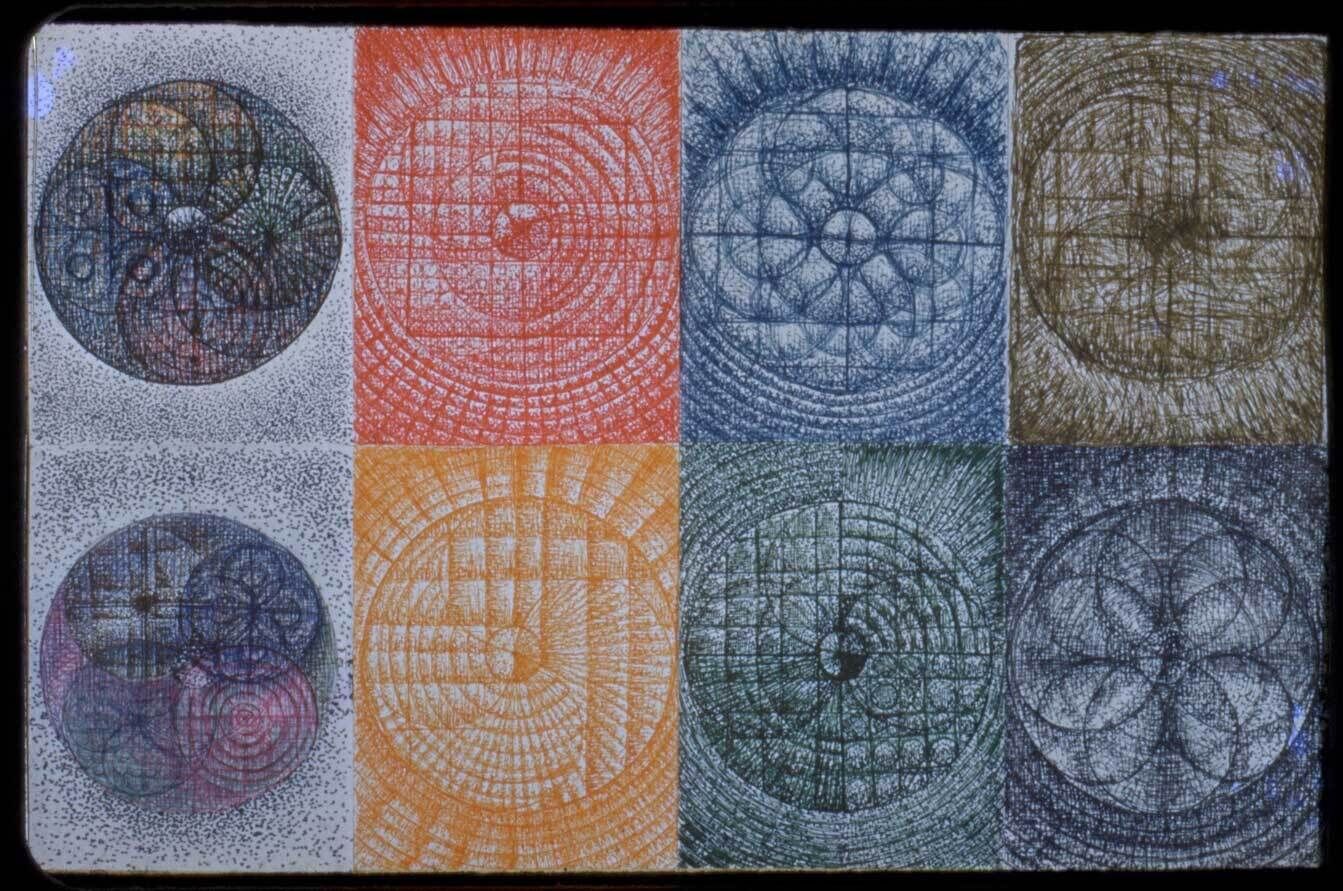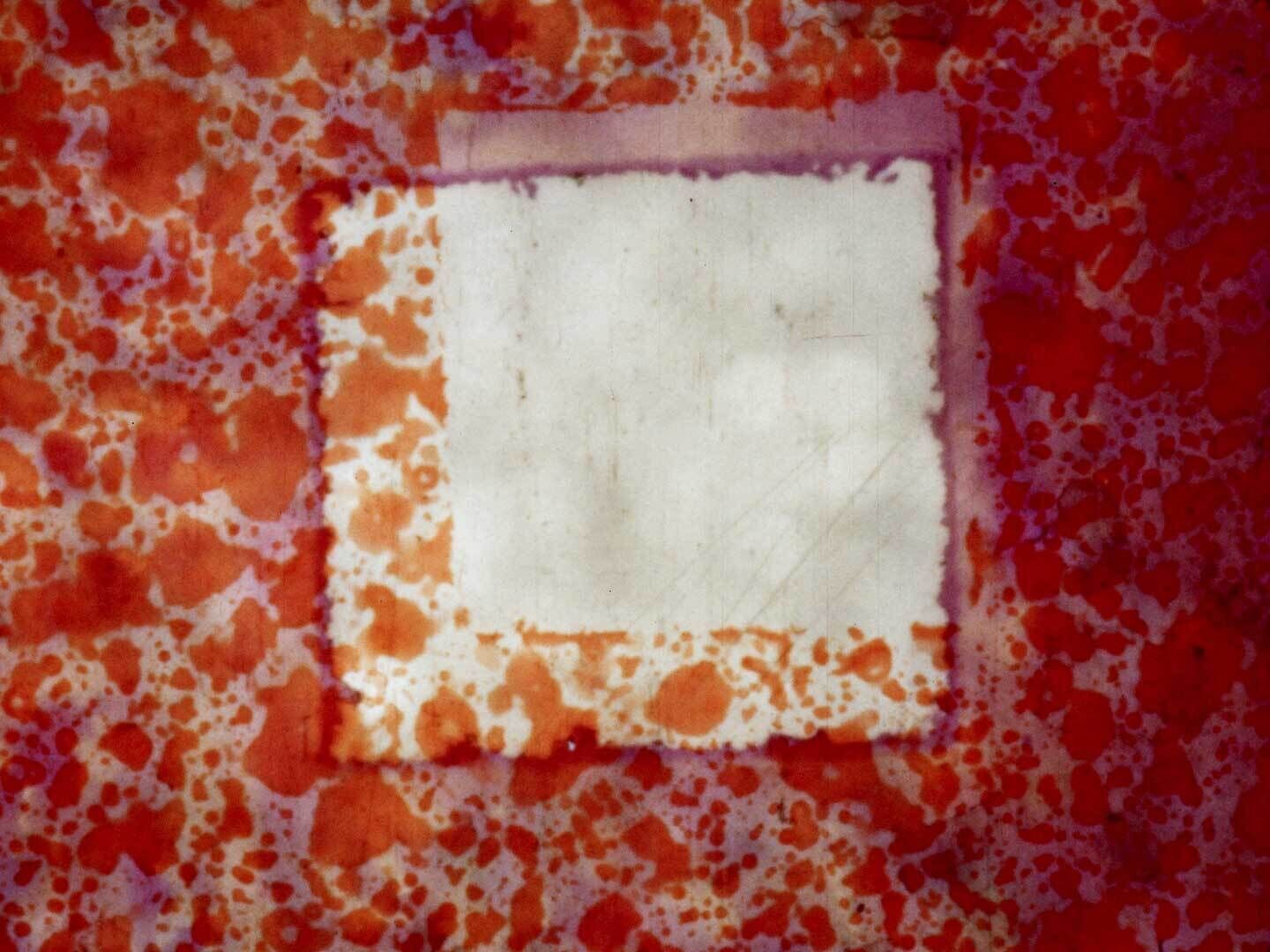Fragments of a Faith Forgotten: The Art of Harry Smith | Art & Artists
Oct 4, 2023–Jan 28, 2024
Fragments of a Faith Forgotten: The Art of Harry Smith | Art & Artists
San Francisco and Berkeley, late 1940s and 1950s
2
Lured to Berkeley in late 1945 in the hope of continuing his anthropological studies, Smith was quickly drawn into the vibrant Bohemian scene of the Bay Area. Within a few years he had relocated to San Francisco’s Fillmore District, which had emerged as a center of African American life and culture following the removal and incarceration of its Japanese population during the Second World War.
In the Fillmore, Smith forged close connections with musicians and frequented jazz clubs, including San Francisco’s important nightclub Jimbo’s Bop City, where he painted large abstract murals on the walls. At the same time, he applied his notational genius, combined with inspiration from psychedelic drugs, to the execution of a series of deliriously intense, quasi-abstract paintings intended to represent new recordings by Charlie Parker and Dizzy Gillespie. These paintings’ elaborate and sinuous forms directly correspond to each phrase and note of the music. Now lost, the paintings can only be seen on color slides.

